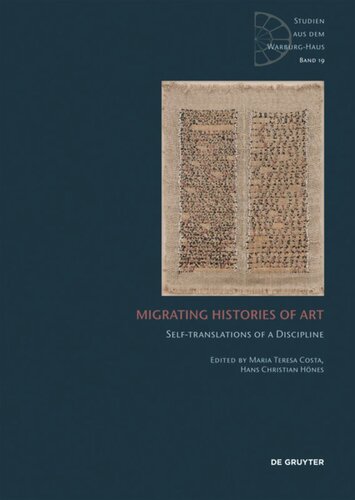

Most ebook files are in PDF format, so you can easily read them using various software such as Foxit Reader or directly on the Google Chrome browser.
Some ebook files are released by publishers in other formats such as .awz, .mobi, .epub, .fb2, etc. You may need to install specific software to read these formats on mobile/PC, such as Calibre.
Please read the tutorial at this link: https://ebookbell.com/faq
We offer FREE conversion to the popular formats you request; however, this may take some time. Therefore, right after payment, please email us, and we will try to provide the service as quickly as possible.
For some exceptional file formats or broken links (if any), please refrain from opening any disputes. Instead, email us first, and we will try to assist within a maximum of 6 hours.
EbookBell Team

5.0
108 reviewsArt historians have been facing the challenge – even from before the advent of globalization – of writing for an international audience and translating their own work into a foreign language – whether forced by exile, voluntary migration, or simply in order to reach wider audiences.
Migrating Histories of Art aims to study the biographical and academic impact of these self-translations, and how the adoption and processing of foreign-language texts and their corresponding methodologies have been fundamental to the disciplinary discourse of art history. While often creating distinctly "multifaceted" personal biographies and establishing an international disciplinary discourse, self-translation also fosters the creation of instances of linguistic and methodological hegemony.